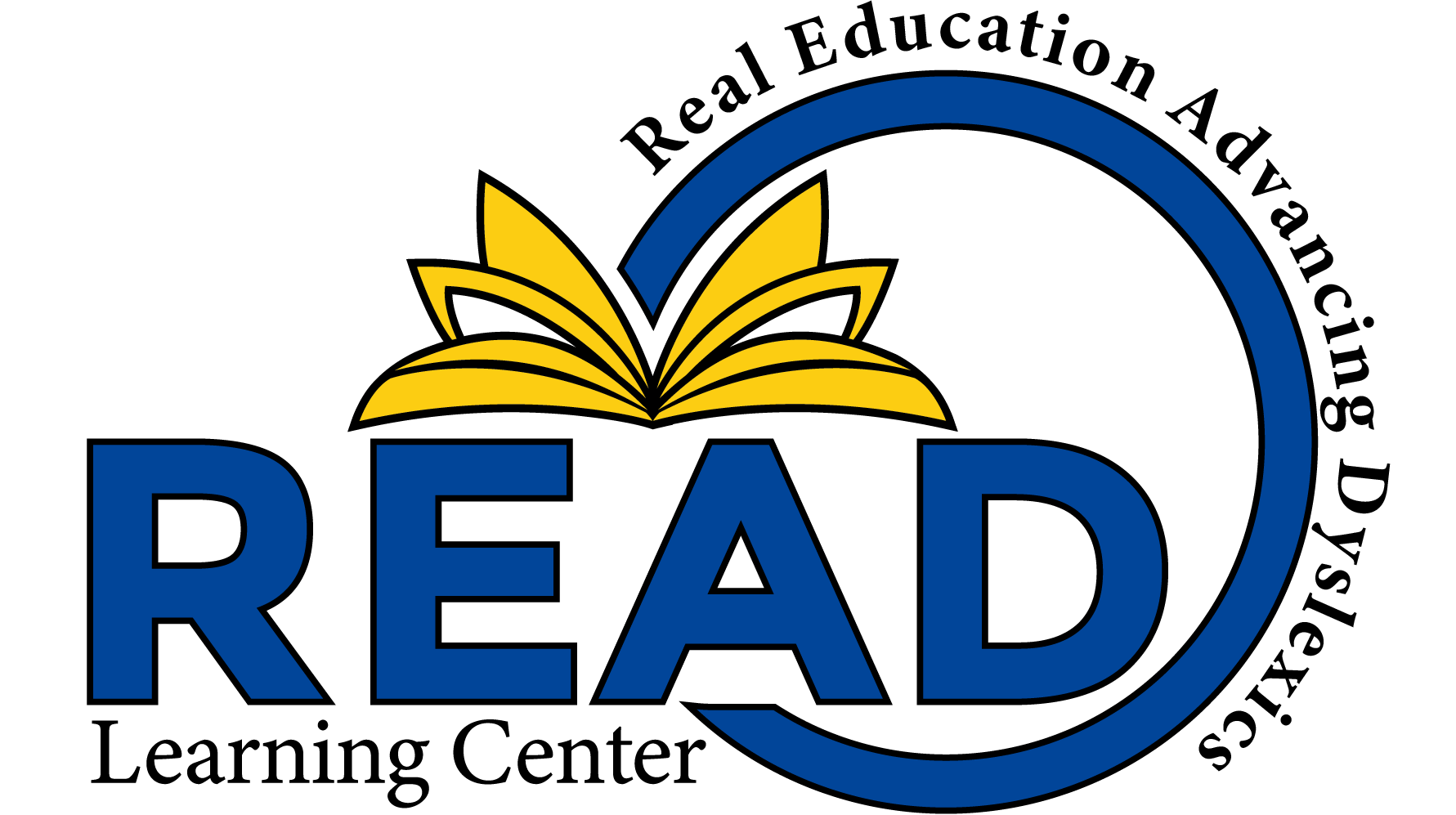Dysphonetic dyslexia, a learning disorder affecting a child’s ability to decode and spell words, can be a daunting challenge for children and their parents. This difficulty connecting sounds with letters can make reading and writing a frustrating experience.
At READ Learning Center, we believe that every child with dysphonetic dyslexia has the potential to thrive in school—and beyond. We are passionate about shedding light on the intricacies of this learning difference, tailoring interventions to each child’s unique needs, and providing unwavering support. With our guidance, your child can overcome challenges, discover their strengths, and embrace a future filled with confidence and success.
Table of Contents
What are the signs of dysphonetic dyslexia?
Children with dysphonetic dyslexia may have difficulty with:
- Phonemic awareness: Recognizing and manipulating individual sounds in words.
- Sound-letter correspondence: Connecting sounds with their corresponding letters.
- Reading fluency: Reading smoothly and accurately.
- Spelling: Writing words correctly.
While dysphonetic dyslexia may present hurdles, it’s important to remember that it doesn’t define your child’s intelligence or potential. With care, targeted support, and the right tools, your child can develop effective reading strategies, build confidence, and achieve academic success.
What Causes Dysphonetic Dyslexia?
Dysphonetic dyslexia is a multifaceted condition with a complex web of contributing factors. Research from Yale University has identified a specific gene, DCDC2, linked to dyslexia, indicating that children with a family history may be at higher risk. Additionally, subtle differences in brain structure and function, particularly in regions associated with language processing, may play a role. Early language development and the ability to process sounds (auditory processing) also contribute to developing this unique learning profile.
Helping Your Child with Dysphonetic Dyslexia: Effective Interventions and Strategies
If your child has dysphonetic dyslexia, there are several effective interventions and strategies that can help them improve their reading skills and overall academic performance.
- Personalized phonics-based instruction: This approach focuses on teaching children the relationship between sounds and letters in a structured and systematic way.
- Multisensory learning techniques: These techniques engage multiple senses (sight, sound, touch) to help children learn more effectively.
- Speech and language therapy: This therapy can help children improve their phonological awareness, sound-letter correspondence, and reading fluency.
- Supportive classroom strategies: Teachers can use various strategies to support children with dysphonetic dyslexia, such as providing extra time on tests, using assistive technology, and creating a positive and encouraging learning environment.
Thriving with Dysphonetic Dyslexia: A Parent’s Guide and Resources
As a parent, you play a crucial role in your child’s journey with dysphonetic dyslexia. Here are some tips for supporting your child:
- Learn about dysphonetic dyslexia: The more you know about this learning profile, the better you will be able to advocate for your child and find the right resources.
- Talk to your child’s teachers: Work with them to develop an individualized education plan (IEP) that addresses their specific needs.
- Find a tutor or therapist: A therapist or tutor specializing in dyslexia can provide your child with the individualized support they need.
- Connect with other parents: There are many support groups and online communities where you can connect with other parents of dyslexic children.
At Read Learning Center, we recognize the worry and heartache of watching a bright, capable child struggle with reading, writing, or math. If you’re wondering if dyslexia might contribute to these challenges, our compassionate team of experts is here to support you. We offer an in-depth dyslexia assessment that illuminates your child’s unique strengths and areas for growth, providing you with a clear picture of their individual learning profile. With this clarity, we will create a personalized roadmap to support your child’s development and set them on a path toward lifelong success.

